
views
X
Expert Source
Lorena Bravo, MAProfessional Dance Instructor & Competitor
Expert Interview. 19 May 2020.
Instructing All Ages
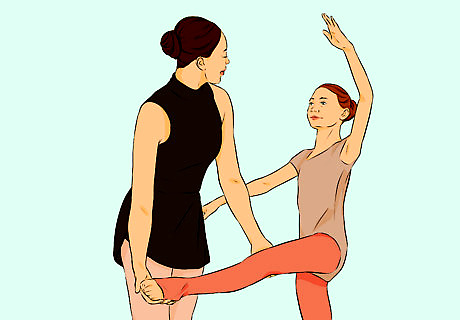
Take charge of your class during your very first encounter. First impressions are important, and you want yours to portray you as confident, energetic, and in-control of the class. Don’t be shy or speak too softly when first meeting your students. Show them that while you're the leader, you respect them and want to have fun. Speak in a confident tone and set class expectations and boundaries during the very first class. You could even ask the class to help you create 3 rules or guidelines to follow during every dance class. Encourage your students to seek you out if they're having problems or just want to talk.
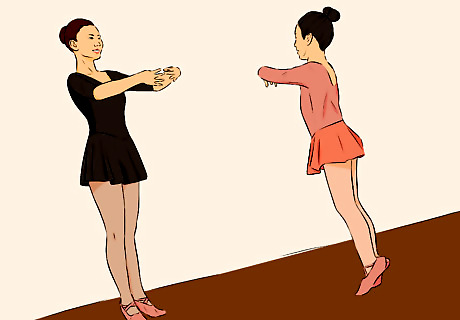
Understand each individual's dance skill level. You might be teaching students who have danced their entire lives or students who have never stepped foot into a dance class. No matter what their skill level is, you should be able to explain new things to them in a way that they’ll understand. Use terminology that they know and be patient with them. If you don't know what level each of your students is on, take the time at the start of the class to ask each of them. You can also send out a survey before the class starts to find out more information about their dance backgrounds. If you have more advanced students in a class with beginners or intermediate-level students, you can either teach the whole class more advanced terms and steps, or you can go around the classroom occasionally to give individualized instructions to more advanced dancers.
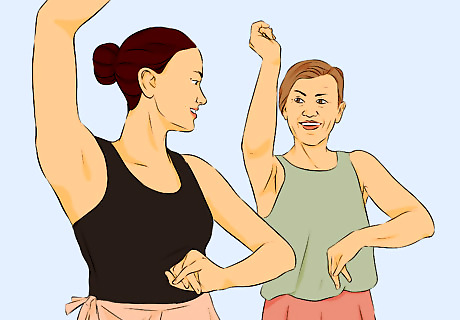
Appeal to all different types of learners. Whether your students are visual, mathematical, auditory, or kinesthetic learners, you need to be able to teach them in a way that they’ll understand. Explain what you’re doing verbally when physically showing a new step or routine, and make sure you allow the students plenty of time to practice it themselves. If you have a learner who understands mathematical terms best, try to give the precise degree of a turn or the exact number of steps. Put an emphasis on counting to the beat.
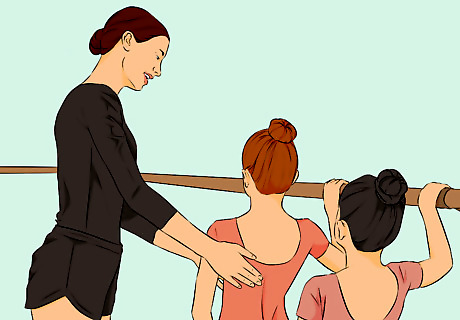
Create a safe environment for your students. While dance can be freeing and exciting, it can also make you feel exposed and self-conscious. Work on creating an environment where everyone in your class feels safe and able to be themselves. It’s important to challenge your students, but don’t push them too far out of their comfort zones. If a student doesn't want to perform a step in front of the group, or they aren't comfortable holding someone else's hand in a routine, don't force them to do something they're not comfortable with.
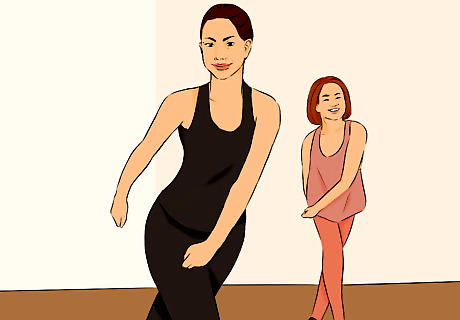
Talk less and move more. While you’re going to need to talk to explain things, you should keep your talking to a minimum. Try really hard to explain things clearly and succinctly so that you’re not rambling on. A dance class focuses less on lecturing and more on physically moving around as the form of learning. When you are talking, make sure you clearly enunciate your words and are talking loud enough for everyone to hear you.
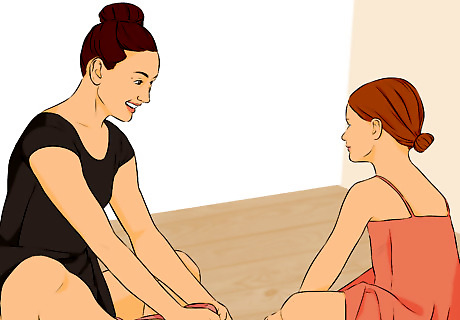
Respect students' different social, economic, and cultural backgrounds. You may have students who are very open to dancing and are excited, or others who haven’t been exposed to dance and are very nervous. There’s also the factor of personal space — some students might not be comfortable with close contact of another person, such as in couple dancing or doing a lift. Keep everyone’s backgrounds in mind when teaching, and don’t push them to do something they’re not comfortable with. You don't need to know all the details of someone's background. Simply make sure that you're being aware — this means watch for any signs that your students are uncomfortable with something, and tell them often to come to you if they have problems or concerns.
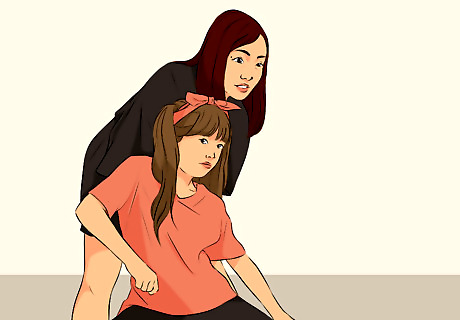
Repeat new steps as often as possible. One of the best ways dancers learn is through repetition. Give them opportunities to practice repeating a new step or routine over and over again until they feel confident in it or figure out what they’re doing wrong. You can let them practice individually, put them into groups, or split the dancers in half and have one half practice the step or routine while the other half watches.
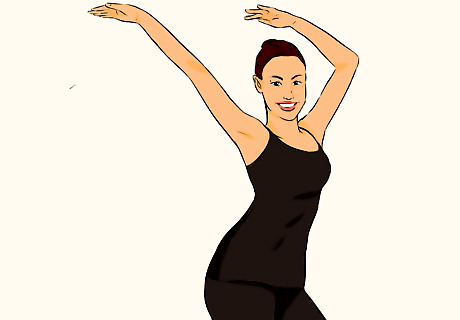
Use your music to help you teach. Music is a super important part of dance. Try to teach a new routine to the tempo of the song you’ll be dancing to, even when the music isn’t playing. If you teach a routine at a slower pace than the music, your students are going to have a hard time keeping up when you turn the song on. Always pick out your music ahead of time, and keep it age-appropriate.
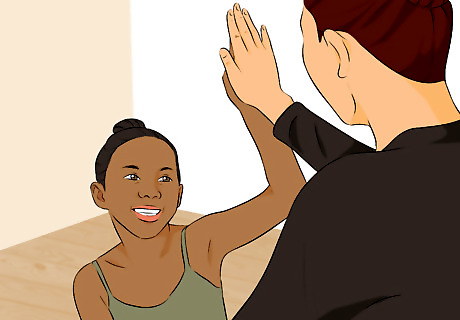
Allow yourself to be humorous or good-natured. A dance teacher doesn’t need to be strict or intense all the time. Try to throw some humor into the class to make everyone feel more comfortable, or even create a laid back vibe to help form a warm and supportive environment. Be comfortable with making mistakes, and even be alright with making fun of yourself. If your students see you brushing off your mistakes, they’ll be more likely to do the same.
Engaging Children
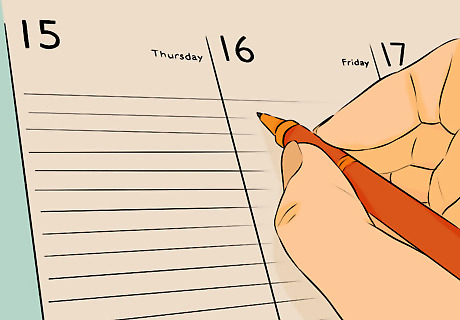
Create a detailed plan, but be prepared to improvise the whole time. Creating an interesting and engaging lesson plan for children is very important for running a successful dance class, but kids can be very unpredictable. Have an idea of how you’d like the class to go, including lots of backup ideas. There’s a fair chance something won’t go as planned, and you’ll need to know how to improvise. Always plan more activities than you have time for. This way, if one activity isn’t working out or you need a different way of bring up their energy level, you can jump right to your next activity without worrying about running out of ideas.

Establish a routine. Children will respond well to a routine — they like to have an idea of what’s going to happen so that they have things to look forward to and are able to focus better. Create a routine that you stick to each dance class, and try to repeat it in the same order each time. Your routine can be as simple as leading them through a wiggle warm-up, teaching them a new dance term or move, and then playing a game. Of course, there are going to be times when you stray from the routine, but more-or-less sticking to a schedule will help keep your class under control.
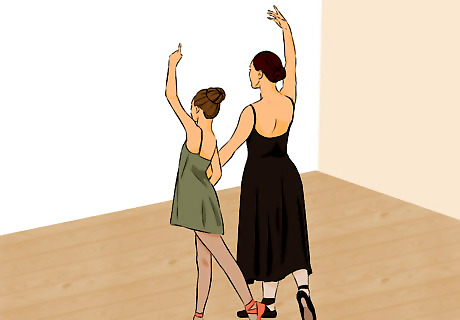
Model the behavior you want the kids to copy. Children are always looking for someone to take the cues from, so use this to your advantage. Instead of just telling them what they should be doing, do it with them. If you want them to sit quietly on their spot, you sit quietly on your spot first. By modeling the behavior you’re looking for, kids will be much more likely to listen and understand.
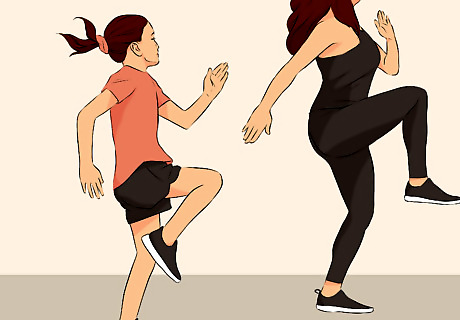
Keep the class moving. Young children have a very short attention span, and you’ll lose them once they become bored. Try not to spend more than 15 minutes on one activity, and transition quickly from one thing to the next.
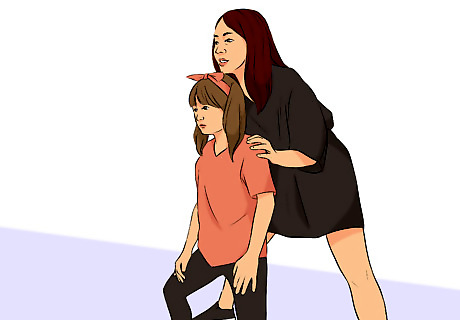
Use creative imagery to help kids understand movement. Instead of just saying “Stretch out your legs,” try telling the children to “paint the floor with their toes.” Using imagery to create a picture in their minds of how the movement should look will help them with their dance skills while also stimulating their imagination. Children love to play pretend, so use this to your advantage in a dance class. Telling kids to run across the room “to catch the Big Bad Wolf” or reach their arms up “to hold a cloud” will make the class more fun for everyone.
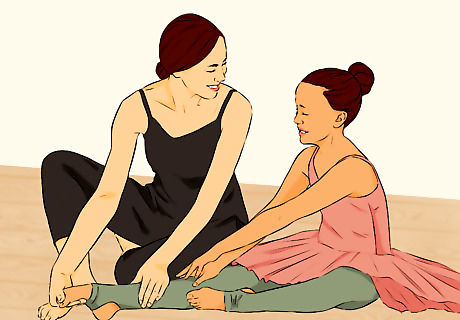
Offer positive feedback as much as possible. Dancing can be an intimidating thing for many people, including young children. Try to encourage your students at every opportunity, offering them words of praise or positive feedback when they’re doing well. Building confidence in young dancers is important, and offering them constant smiles and encouragement is a great way to do this. You can use words of praise to correct children as well, saying things like “I love all of those pointed toes!” when you want them to point their toes.
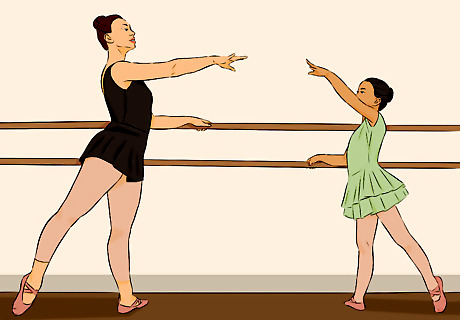
Keep your movements and your voice energized. If you seem tired and uninterested in dancing, the kids are going to start feeling the same. Keep your energy level high and use an excited tone of voice. Make your excitement contagious — the children will pick up on your energy and get excited to dance too.
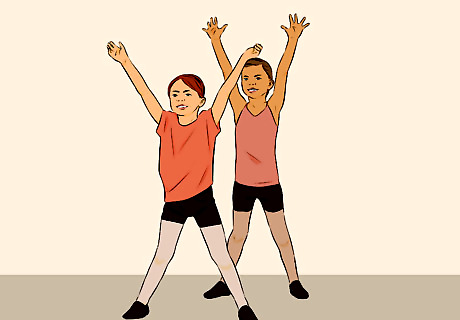
Use the whole space to dance. Kids tend to get antsy when they're stuck in one spot for too long. Use the entire dance space that you have available. Let them dance across the room, huddle up in a corner, or face the mirror. Just keep changing it up.
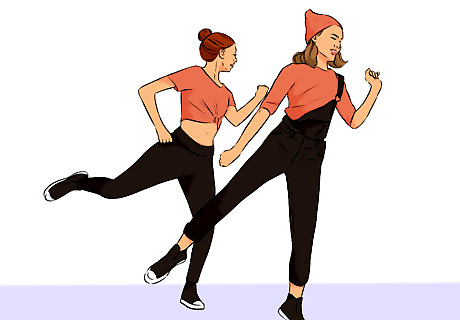
Embrace their unique dance skills. If you start teaching young children with the goal of making them into perfect dancers with precise moves and techniques, you’re going to be disappointed. Kids aren’t going to do routines or steps perfectly. The most important thing for you to teach them is to love expressing themselves through dancing, and to embrace movement of all sorts.
Leading Older Kids and Adults
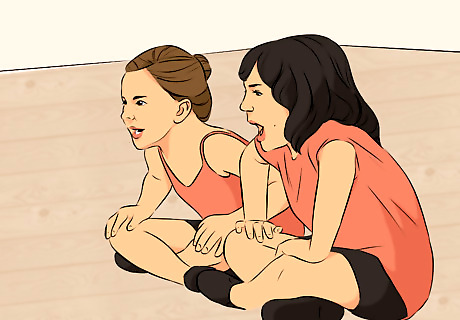
Stretch or warm up at the start of each class. As you get older, it’s important to take care of your muscles when moving around. Start off each class with a warm-up activity or simple stretches. This will get everyone physically and mentally relaxed and ready to focus on new steps or routines. Spend 5-10 minutes warming up.
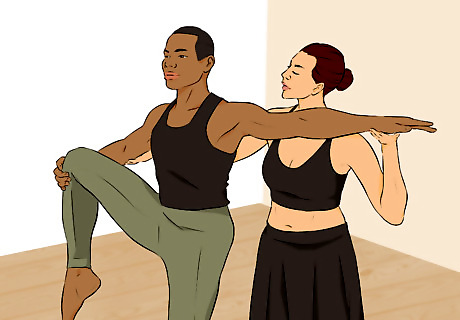
Break down a dance routine thoroughly when teaching it. Don’t go quickly through new dance moves, assuming your students will pick up on them. Break it down step by step, moving your body slowly so that they can see exactly what’s happening. Explain what you’re doing verbally as well, and pause a few moments after you’ve finished explaining so that the instructions sink in.
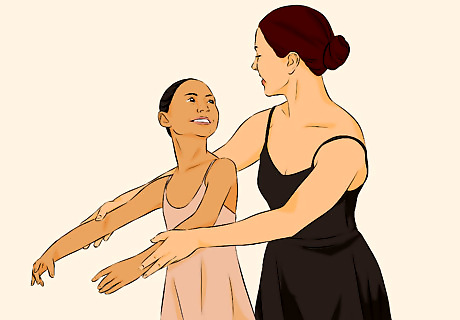
Provide precise instructions as often as possible. When teaching a new concept, give your students exact details. Tell them the number of steps, the specific degree of a turn, or exactly where their hands should be. You may feel like you’re going overboard with the specifics, but one detail can really help a student understand something they had been missing.
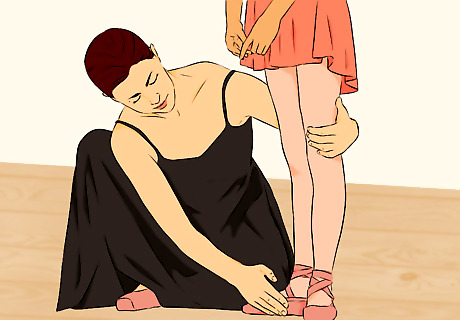
Explain movement beyond just footwork. While footwork is a very important part of dance, there are many other aspects to teach. Work with teens and adults on achieving great posture, energy levels, appropriate facial expressions, and hand movement while dancing.
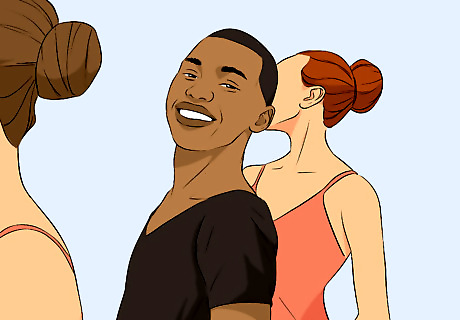
Watch teens and adults to see what they’re struggling with. When students are trying a routine or new step themselves, watch them practice it. By being able to spot where someone is having difficulty with a turn or which new step is causing frustration, you’ll be able to address and help solve problems students might be having.
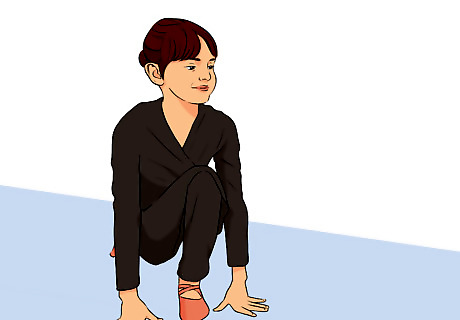
Provide them with extra resources for learning to dance. Think about creating a handout with key terms or steps that you taught the class one day, or send them the music file so they can practice the choreography to the right song. You might even consider recording yourself doing the dance routine so that you can email it to them to watch. Since many times you’ll be chopping up or only using part of a song when you’re choreographing, it’s especially helpful to give this edited version of a song to your students. If you’ve created a detailed syllabus or lesson plan, consider posting it online or sending it in an email so that your students have access to it.
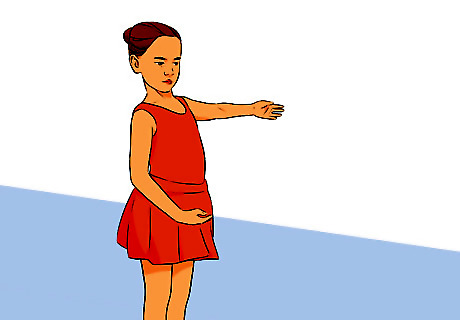
Encourage them to learn from other dancers. Reading dance reviews and watching dancers perform, either in person or on a screen, can be incredibly helpful to students. Encourage them to attend performances, read critiques, and watch videos of other dancers to learn from their movement.
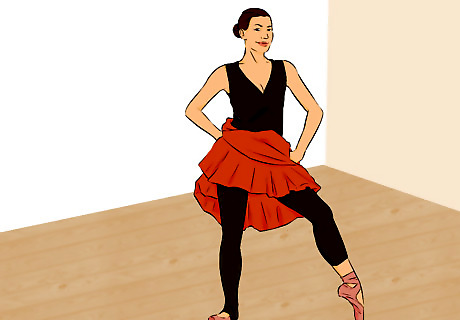
Embrace a dancer’s set style, if applicable. If you find yourself teaching a dancer who has been dancing for many years, they’ve most likely developed their own personal style of dancing. It can be tempting to try to make them dance exactly how you do, but this isn’t very achievable. Instead, embrace their unique style and work with them to teach them new techniques and movements that can enhance their own.














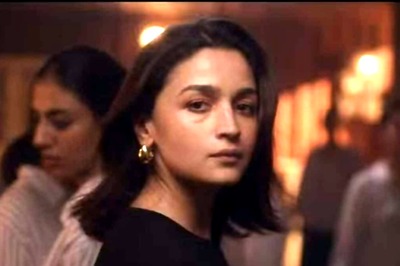
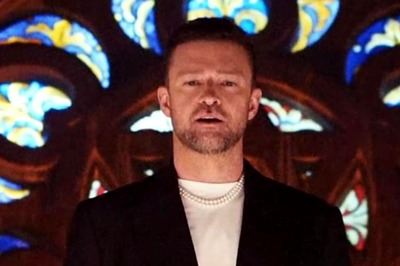
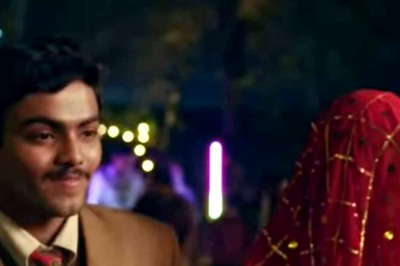

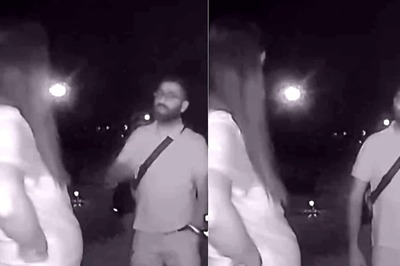

Comments
0 comment